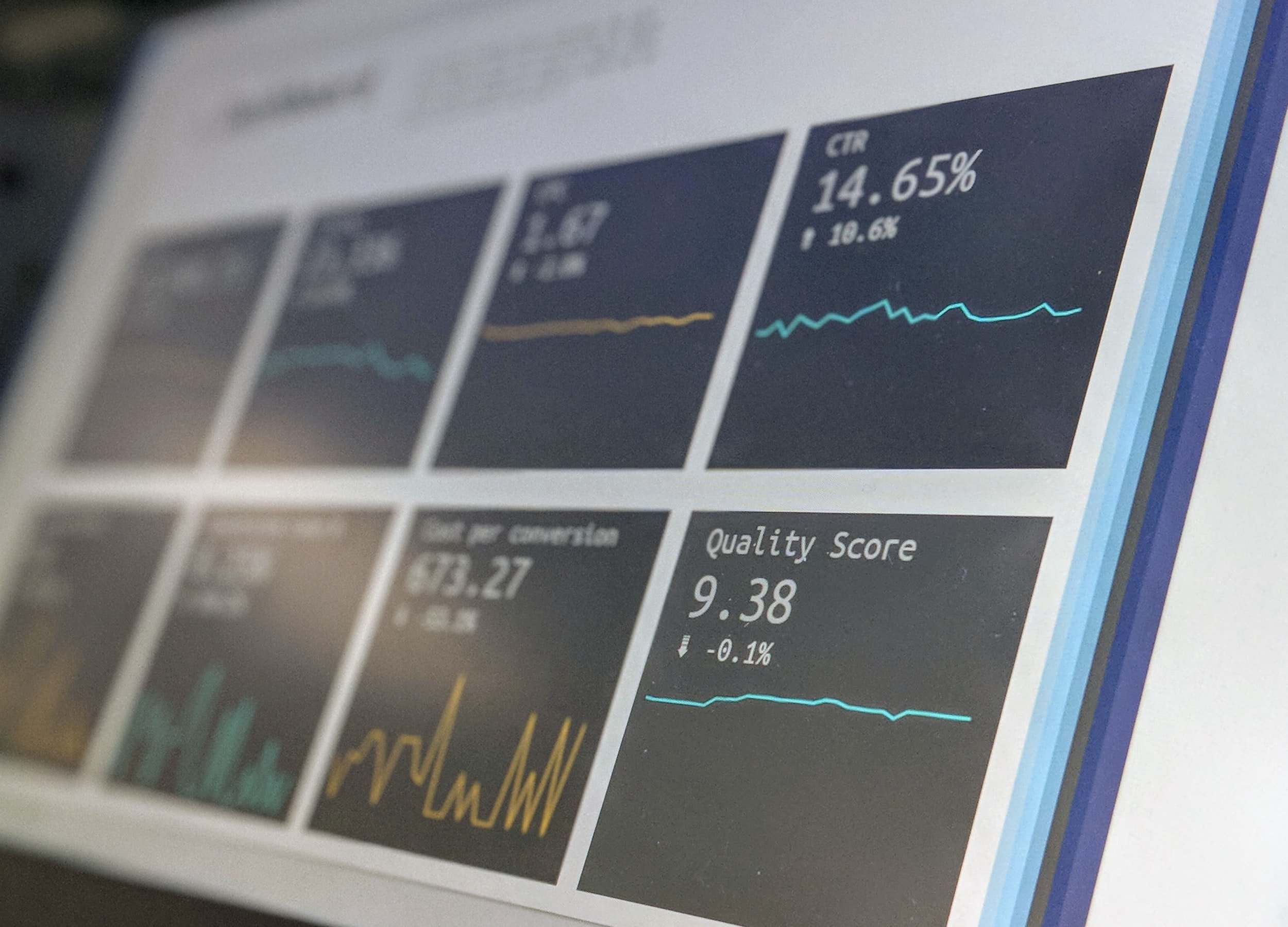
Financial Marketing - Digital Currency Case Study.
Financial Marketing
As part of a newly acquired financial company, this team’s marketing group strived to initiate their marketing work with best practices and market knowledge. As a newly formed team, this marketing team’s main concern was around how to implement a platform that was nimble enough to grow with their team yet structured enough to bring solutions to problems day one.
Marketing teams are pulled in many directions and driven with tremendous speed to bring campaigns to the market right away. This team not only had the pressure to develop and initiate their processes, but they also had to skip the first three iterations of their process development and deliver a platform that was all encompassing to the ever-changing needs of their entire team.
CHALLENGE
This team’s challenge was the lack of mature and tested processes that comes with a new business initiative. Because of this challenge the implementation journey had to include a deep dive into what steps were required to achieve a common goal. They had to ask themselves what decisions and actions must be coordinated among individuals and between groups to achieve that common goal?
SOLUTION
Workfront’s functionality allows for companies with mature processes as well as startups to use the same basic functionality. Though Workfront has complex functions that allow established teams to forecast and predict work and resources, Workfront can also mature along with the teams by streamlining the user experience and initially limiting the visibility of the more complex functions.
Formalize and standardize procedures
This marketing team was anxious to begin working on their team’s processes. The core team had many opinions making their initial implementation challenging. Though the team had many great ideas, their processes were not mature and had to iterate as the work progressed. Through Workfront’s project templates and tasks, the team discovered many aspects of their own processes that weren’t fully flushed which prompted the right conversations to happen. Through a series of iterations, they were able to finalize their procedures providing for a scalable, standardized approach to work.
Manual tools re-engineered
This team had been using email for project communication, spreadsheets for tracking timelines and due dates, and siloed document management practices. Although these tools are useful for many functions, Workfront was engineered in a way to replace these tools by using built-in functions like project updates rather than using email, project templates and reporting rather than the use of spreadsheets, and a centralized repository for all project documents.
Autonomous team communication
Removing communication barrier’s by having a single point for team communications was a major driver in the success of this implementation. Prior to Workfront, this team communicated on project statuses and updates via company chat channels or through email which created a decentralized communication barrier. Through Workfront’s communication and update features, this team was able to standardize the way the team collaborated on projects with each other. Stakeholders could also review the project updates at any point in time since all conversations are saved within a project, a campaign, or portfolio of campaigns. This approach effectively removed those dreaded communication barriers.
Document management was always a challenge due to the lack of a central document repository for all project documents. With Workfront, all project documents live within the project itself which enabled the team to have visibility into project related documents, versioning, and they were also able to provide notes and feedback via the update’s conversation thread attached to each document. This allowed them to create a space for this team to discuss the documents without messing with the content of the actual document.
BENEFITS
This team was able to restructure their campaign lifecycle by following a standard process workflow.
Make a request in a request queue.
Review the request detail, approve request, and decide if a project is needed. If a project is not needed, work and close the request.
When needed, convert request to project using a template of tasks.
Plan and execute the tasks in the project.
Finish up the project and close it.
Settle or communicate finish work to the requester.
Standardization and templated work
Standardization by using project templates was an overall benefit to this team. While each team is unique and the people have their own way of working, creating standard project templates that could be used across varied projects allowed this team to maximize the initial impact at project creation. Each team was then able to adjust their tasks based on the needs of that individual project, but they did not have to recreate the same project multiple times for multiple different campaigns.
Increased work and campaign visibility
With Workfront, this team is now able to communicate in the right space whether it is within a task at the contributor level, a project at the deliverable level, or on a campaign at a strategic level. Given the built-in communication and collaboration, this marketing team is now able to keep information organized allowing their team to focus on work effort and efficiencies instead of chasing down updates and statuses.
Data Driven Decision making
Workfront provides easy, intuitive reports that you can leverage to highlight the great things you and your team are doing. This team utilized the project data to develop reports that focused on the data required at the varying levels within Workfront to enable decisions. Dashboards provided a central location for related reports based on function.
Request Dashboard
Project Owner Dashboard
Campaign Project Status Dashboard
Team Dashboard
My Work Dashboard

